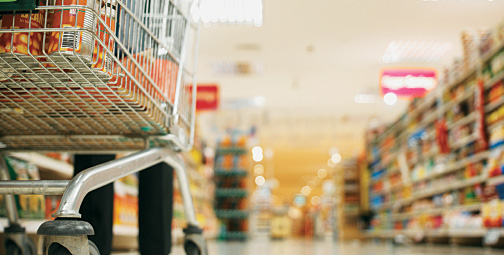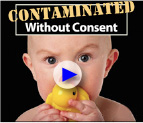
Environmental health and justice organizations across the US and world are collaborating on campaigns to promote green chemistry and eliminate toxic chemicals from global supply chains. Hazardous chemicals in consumer products pose unnecessary and avoidable health hazards to children and consumers, communities, workers and our environment. Some key chemicals of concern are highlighted below.
Hazardous hundred chemicals
The Hazardous 100+ List of Chemicals of High Concern is a small subset of hazardous chemicals linked to known health problems. Unfortunately, consumers cannot simply shop our way around these chemicals. Major retailers have the power — and responsibility — to relieve this burden from their customers by working with suppliers to replace the Hazardous 100+ Chemicals with safer alternatives. Learn more and take action by visiting the Mind the Store Campaign.
These are just some of the many hazardous chemicals of concern that leading organizations and businesses are working to eliminate. The good news is that safer alternatives are available. Click on the links below to learn more.
BPA in receipt paper and canned food
Bisphenol A (BPA) is used to make many common products, including food and drink can linings, cash register receipt paper and rigid plastic polycarbonate. This hormone-disrupting chemical is linked to a wide range of health problems including diabetes, heart disease, infertility, obesity and cancer.
Hazardous chemicals in cosmetics
Lead in lipstick? Formaldehyde in baby shampoo? What’s going on? Major loopholes in U.S. federal law allow the $60 billion cosmetics industry to put unlimited amounts of toxic chemicals into personal care products with no required safety testing, no monitoring of health effects and inadequate labeling requirements.
Learn more about chemicals in cosmetics
Pesticides in food
Dozens of pesticides are found on our food, even after washing, resulting in ongoing exposure to hazardous chemicals that are particularly dangerous for children.
Learn more about pesticides in food
Vinyl plastic and phthalates in building materials, schools, hospitals and consumer products
Polyvinyl chloride (PVC or vinyl) plastic is found in flooring and piping, toys and lunchboxes and even IV bags in hospitals. During its lifecycle, PVC (#3) plastic releases highly toxic chemicals including vinyl chloride, mercury, dioxin, phthalates, lead and many other hazardous pollutants. Safer alternatives are available, and the global market is moving away from this unnecessary and highly hazardous plastic.
Toxic flame retardants in furniture, cars, electronics and baby products
A wide range of common household products — appliances, electronics, furniture and even child care items — contain toxic flame retardants, which persist in the environment and build up in our bodies. These chemicals do not prevent fires, and instead make fire fighting even more dangerous for rescuers and building occupants. Many leading corporations are phasing out these hazardous pollutants.
Learn more about toxic flame retardants




